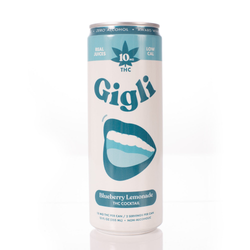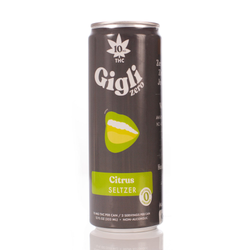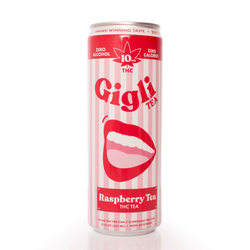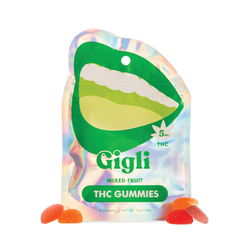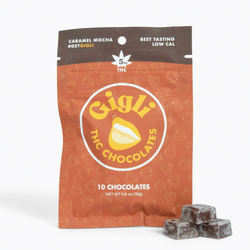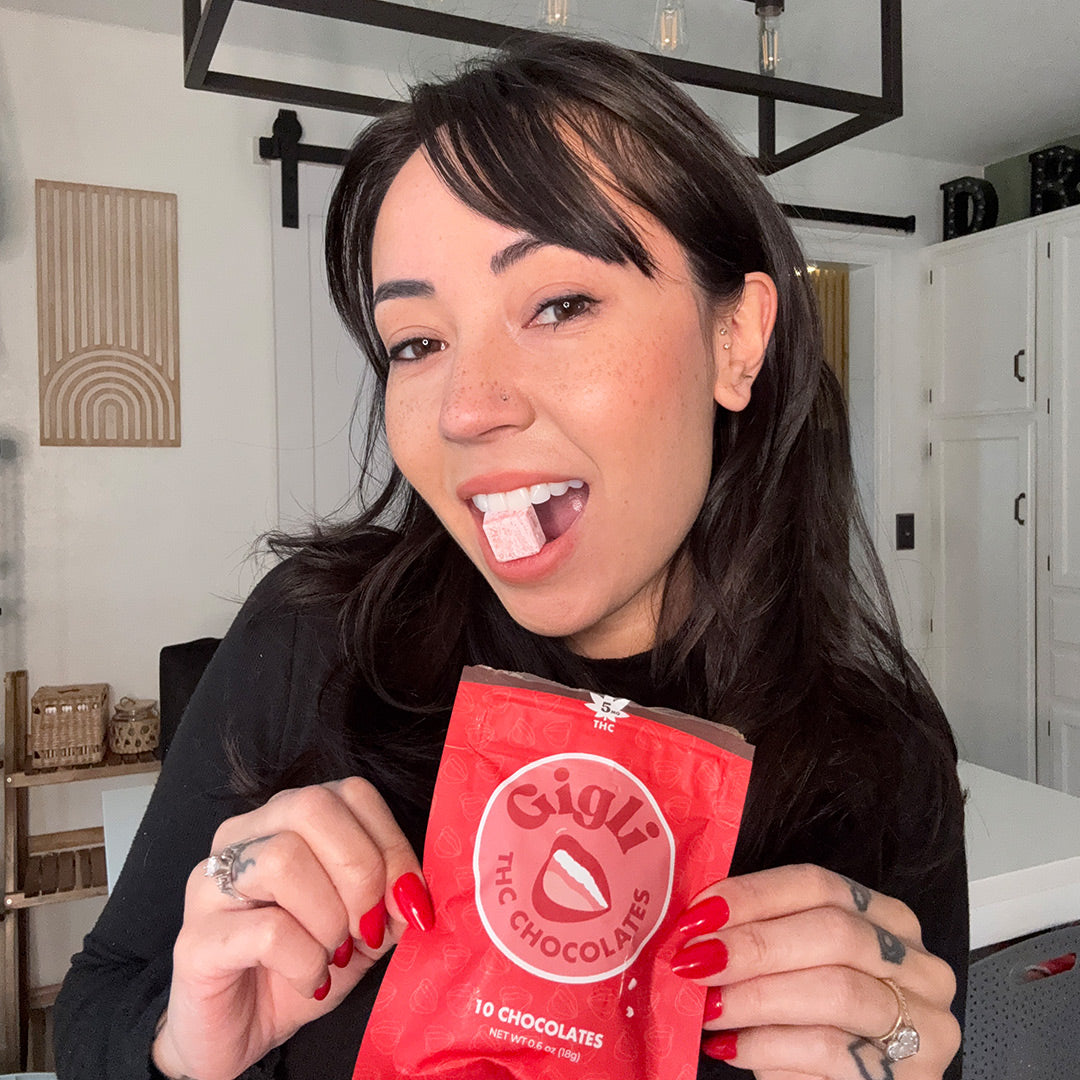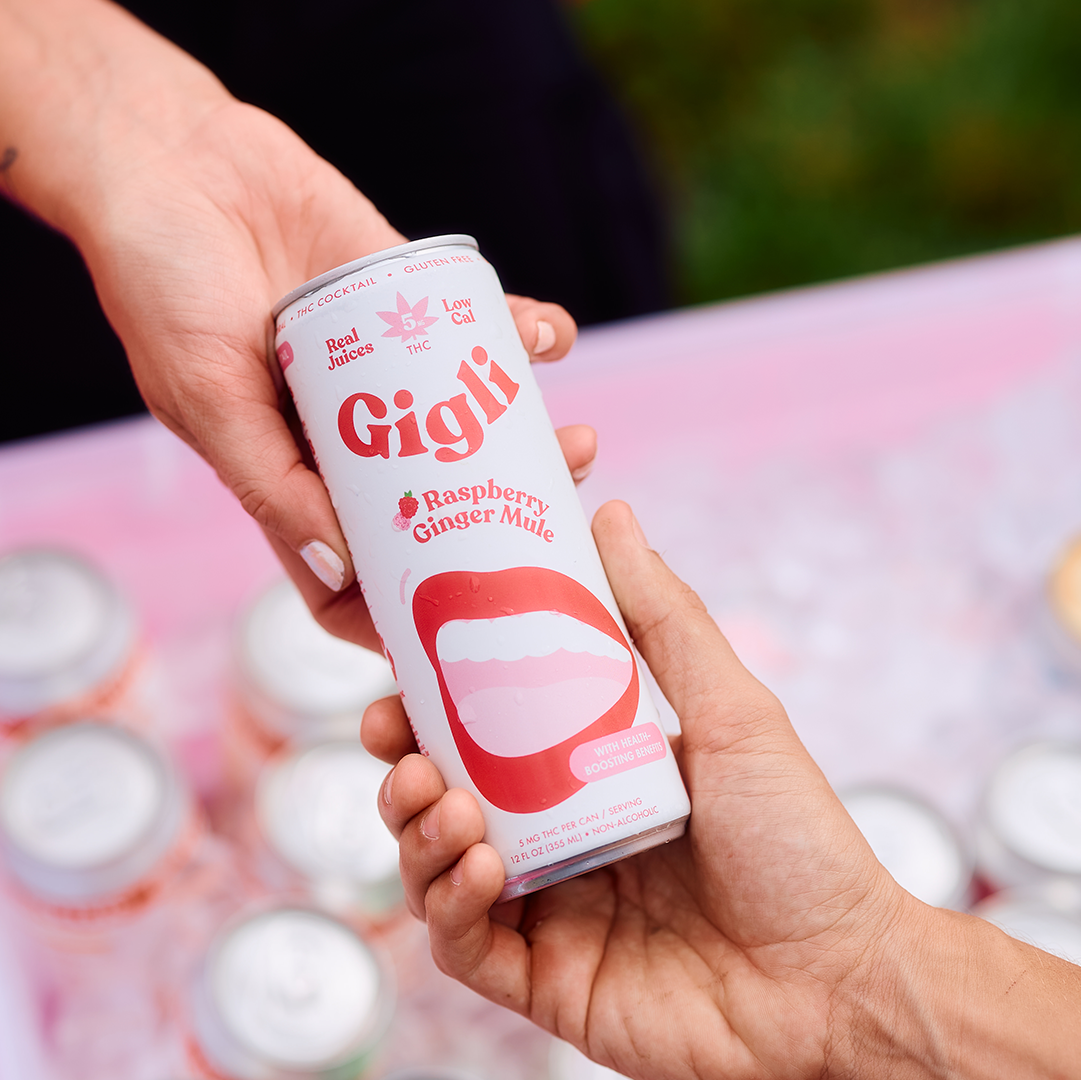
Indica vs. Sativa: What's the Difference?
Reviewed by | Raven Ariola, Cannabis Science Educator and Professor of Cannabis Agriculture
It’s the weekend and you’re in the mood for some fun and excitement — especially the type that includes a little bit of cannabis.
Luckily, thanks to the change in cannabis’s legal status in a bunch of states around the country (over 20 now), deciding to do that is pretty easy. However, because cannabis has become more of a “boutique” industry now, there’s just a little more to it than simply deciding to smoke, vape, or do some edibles and chill.
So, do you know the difference between indica and sativa? While those terms may leave you scratching your head, knowing the difference can definitely shape your night.
We’ve got your back with everything you need to know about indica vs. sativa and how they can help you create that just right vibe you’re looking for.
What To Know About Cannabis
Cannabis used to be… well, cannabis. You didn’t put a lot of thought into it. You just enjoyed it.
However, we’re constantly learning more about cannabis, growing our knowledge about how it works, how it can make us feel, and how it can benefit us.
That’s where indica and sativa come in.
Let’s start with a little history lesson (it won’t be long, we promise). Jean-Baptiste Lamarck identified and named a second cannabis species — Cannabis indica (see, we told you cannabis has been around forever). However, Raven Ariola, Cannabis Science Educator and Professor of Cannabis Agriculture, notes that even before Lamarck, there was a general, informal recognition of different types of cannabis based on observed characteristics and effects.
What Is Indica?
What our good friend Lamarck saw was that Cannabis indica was just a little bit shorter and a little bit thicker.
The name “indica” means “from India,” where the plant was thought to have originated. Fun fact: a lot of it does originally come from the colder, northern Hindu Kush region — if you know anything about cannabis, the word “kush” probably sounds super familiar as it’s one of the most popular strains out there. That said, keep in mind that geographic origin doesn’t solely dictate the effects or chemical profile.
A good way to remember the difference between indica and sativa is that, when you think indica, think about having it put you “in-da-couch.”
For the most part, indica strains are super relaxing (sometimes too relaxing, especially if you’re not planning on having a night in or an accidental nap couch). If you’re in the mood to chill, watch a movie, listen to some music, or doze off for a bit, indica is the strain you’ll want to look for.
It’s important to note, though, that the “actual effects experienced by an individual are influenced by the specific cannabinoid and terpene profile of the cultivar, the individual's physiology, tolerance, and the dose consumed. Therefore, while this association can be helpful for introductory purposes, it isn’t an absolute rule,” highlights Ariola.
What Is Sativa?
Cannabis sativa may be the O.G., but that doesn’t make it old news.
Sativa plants are naturally a little taller and lankier, mostly because they’re found in slightly warmer climates (think: Central America, Southeast Asia). The species name “sativa” comes from the word “sativum” which just means “cultivated.”
If you’re looking for cannabis that will make you energetic and ready to get something done, whether that’s having a dance party in your house, finding the motivation to get a few neglected chores done, or laughing on the couch with good friends, hit up a Sativa strain. It tends to be more of a “daytime” high, and it can definitely keep you up at night.
What Are Hybrids?
Sure, sometimes you feel like having a super chill stay-at-home night, and other times, you’re looking for a little extra focus and motivation.
If you ask us, though, most of the time, that perfect vibe is somewhere in the middle — both a little chill and still a little energetic. That’s where hybrids come in!
Hybrids exist in a huge (and we mean huge) variety. We can almost guarantee that, if you looked for long enough, you’d find the exact mix that you’re looking for. Some people spend their entire career creating the perfect hybrid strains — it’s a matter of passion and pride (cannabis connoisseurs, if you will).
The biggest thing to watch for when choosing a hybrid is looking at which strain is “dominant.” While you’ll get features of both strains, the dominant strain is what you’ll get the most from. It’s this nuance that really makes cannabis so fun and exciting.
What Else Affects Your Cannabis Experience?
On the surface, picking between indica and sativa (or choosing the perfect hybrid) can be a helpful predictor of experience. However, it isn’t the only thing you should look for (and likely not even the most important) if you want to create a specific atmosphere.
Paying attention to the different types of cannabinoids and terpenes in your cannabis also plays a major role in crafting the vibe you’ll get when using it. Why? Just a little something called the “entourage effect,” where the cannabinoids, terpenes, and flavonoids all work synergistically to produce the best results.
Cannabinoids
Cannabis is so much more than just a really amazing plant. It also contains hundreds and hundreds (that we know of) of chemical compounds that all work together to create a unique effect in each strain. Even a small change in some of these compounds can mean an entirely different experience.
Cannabinoids are the most common and well-known of these chemical compounds. While you might not recognize that word (and we know we’re throwing a lot at you today), you likely know at least some of them by name — especially CBD and THC.
- Cannabidiol (CBD): CBD is, first and foremost, non-intoxicating. However, even though it won’t get you “high,” it can still help you feel more relaxed.
- Tetrahydrocannabinol (THC): If the reason that you’re enjoying cannabis is for the high, you’ll want to focus more on its THC content. THC is the primary psychoactive component in THC, which means it’s responsible for any feeling of being “altered” you get when consuming in any of its forms.
Terpenes
While cannabinoids usually dictate the way that cannabis makes you feel, terpenes determine how that specific strain tastes or smells (although they do also help with effect, along with flavonoids, thanks to the entourage effect).
Terpenes work essentially the same as aromatherapy does — certain scents can just make you feel a certain way. Think about how your home smells around the holidays or how you feel more relaxed or even sleepy when you smell lavender.
Basically, terpenes are simply aromatic compounds that are produced primarily by fruits and plants.
We don’t know as much about terpenes as we do about other chemical compounds in cannabis, but there have been a few more common ones that have been isolated and studied more than the rest (so far).
- Caryophyllene: The best way to describe caryophyllene is “peppery,” as the terpene is present in a lot of herbs and spices (including black pepper). The more caryophyllene a strain of cannabis is, the muskier it will be. This terpene binds to CB2 receptors.
- Limonene: Limonene is exactly what it sounds like — citrus-scented! This terpene is also associated more with stress relief. There are also some potentially promising medical advances including limonene, but we don’t want to jinx it yet.
- Myrcene: Of all the terpenes in cannabis, myrcene is found the most. It’s also related to indica and indica-related effects — the higher the myrcene, the more “chill” you’re likely to feel. It also has a slightly peppery scent and taste, similar to caryophyllene.
- Terpinolene: Terpinolene doesn’t have a “specific” scent or taste. It’s more of a chameleon. It has a lot of properties that are similar to the other terpenes — a little bit piney, a little citrusy, and so on. More than anything, though, terpinolene is described as “fresh.”
How To Pick Between Indica and Sativa
You don’t have to turn into an entire cannabis scientist to customize your cannabis experience — unless that’s your thing. While it’s helpful to know strains, cannabinoids, terpenes, etc, you can also just focus on the amount of THC in your edible.
If you’re new to cannabis, there are multiple ways that you can explore. However, for most consumers, the choice comes down to either inhaled cannabis (aka, vapes, bowls, bongs, etc.) or edibles.
The good news is that the edible experience you can have has significantly expanded in the last several decades — you don’t just have to choose between indiva vs sativa but also between THC seltzers, THC gummies, THC chocolates, and more.
An excellent rule of thumb is to start with a small dose and wait to see how your body and brain will respond. 2.5 is usually a solid dose to start with, but feel free to go even lower (or just have half!) if you’re unsure.
As always, make sure that you’re in a safe environment and never drive under the influence.
Wrapping Up
If you’re looking for a more chill evening, sitting around with friends and enjoying a quiet night in, Indica is the way to go. If you’d rather get a little burst of energy, creativity, and excitement, Sativa will likely fit the bill.
However, that doesn’t mean there aren’t other factors to take into account, too. Instead of having to find the perfect strain, trust Gigli to get you into the right headspace every time. All you have to do is crack open a can of THC seltzer, sip, and enjoy.
Sources:
State Medical Cannabis Laws | CDC
The Name of Cannabis: A Short Guide for Nonbotanists | PMC
Chemistry, Metabolism, and Toxicology of Cannabis: Clinical Implications | PMC
